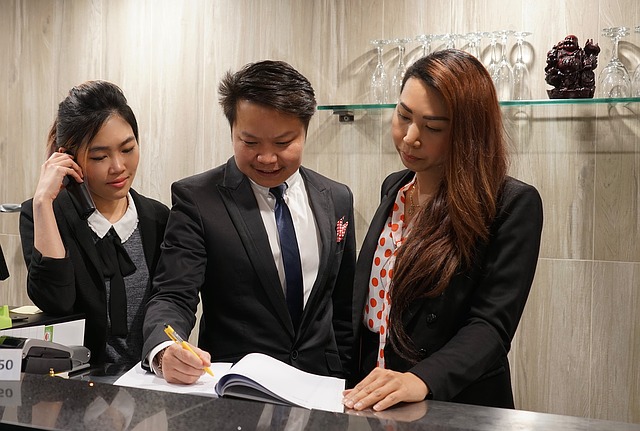Hospitality Management
BIR TITLE
Strategic brand communication using word of mouth for the hospitality industry – a case study of The Continental Hotel, Hounslow.
BIR INTRODUCTION
Explain what your research is about?
In today’s marketplace, the critical form of customer communication is broader than mere advertising and promotional messages aired on various wavelengths. Customers form a relationship with the brands they use by combining different forms of communication that given them meaning and purpose to use these services and products. Brand communication strives at creating an interactive relationship between the product or service and the consumers (Schultz & Barnes, 1999).
One such method of communicating with consumers of the products and services at offer is the spread of word of mouth. WOM (Word of Mouth) as a powerful marketing tool is being revisited by a plethora of organisations to reduce expenditures on traditional advertising. WOM has been defined as informal communication between private parties concerning evaluations of good and services.
Explain why it is important:
As a student studying the way business’ function, it seems imperative for the researcher to understand this aspect of marketing a product. The rise in connectivity of individuals through the internet has made it obligatory for companies to focus on WOM marketing to ensure maximum market share and sales. Websites such as review centre, tripadvisor, feefo,trustpilot and others ensure that the consumers have a platform to voice their concerns about a product or service. This could therefore be used positively for the growth of an organisation (Schultz & Barnes, 1999).

BIR AIM / OBJECTIVES and QUESTIONS
One BIR aim:
To identify and develop on various methods of word of mouth marketing, a crucial part of strategic brand communication with respect to the hospitality industry, using The Continental Hotel, Hounslow..
BIR objectives:
- To discern the approach of strategic brand communication and its various methods, focusing on word of mouth promotions.
- To identify and critically evaluate the use of word of mouth promotion in the hospitality industry.
- To analyse the use of word of mouth marketing and its effectiveness at The Continental Hotel.
- To conclude and recommend practices that The Continental Hotel could adopt to improve its word of mouth marketing
Questions per objective
Objective 1
- What is strategic brand communication?
- Where is it used? What stage?
- How important is it?
- What are its various methods?
- What is word of mouth marketing?
- What are its characteristics?
Objective 2
- Does the hospitality industry use word of mouth promotions?
- Which organisations use them? (examples)
- What methods do they adopt?
- What does the recent trend suggest?
Objective 3
- Does The Continental Hotel use word of mouth promotions?
- Are they effective in getting more clientele?
- If not, what could be the possible reasons?
- What are the challenges faced?
Objective 4
- What are the best practices that The Continental Hotel could adopt?
- How well these practices could be adopted?
- What would the contingency plan be? (Negative publicity)
- How can the hospitality industry benefit from this?
PRIMARY RESEARCH
- Interview with an industry expertfrom the marketing back ground
- Questionnaire for consumers who have utilised the hospitality industry
- Interview with management at The Continental Hotel
- Personal observation
BIBLIOGRAPHY
- Coulter K. &Roggeveen A., 2012. “Like it or not” Consumer responses to word of mouth communication in online social networks, Management Research Review. [online] 35(9), pp. 878-899. Available at: <http://www.emeraldinsight.com/journals.htm?issn=2040-8269&volume=35&issue=9&articleid=17044175&show=pdf> [Accessed 4th November 2013]
- Schultz D. & Barnes B., 1999.Strategic Brand Communication Campaigns. Michigan: NTC Business books
- Smith P., Berry C. &Pulford A., 2002. Strategic Marketing Communications: New ways to build and integrate communications. London: Kogan Page Limited
- Sweeney J., Soutar G. &Mazzarol T., 2010. Word of mouth: measuring the power of individual messages, European Journal of Marketing. [online] 46 (1/2), pp. 237-257. Available at: <http://www.emeraldinsight.com/journals.htm?issn=0309-0566&volume=46&issue=1/2&articleid=17014835&show=pdf>[Accessed 4th November 2013]
- Wang X., 2011. The effect of inconsistent word of mouth during the service encounter, Journal of services marketing. [online] 25 (4), pp. 252-259. Available at: <http://www.emeraldinsight.com/journals.htm?issn=0887-6045&volume=25&issue=4&articleid=1938094&show=pdf> [Accessed 4th November 2013]


